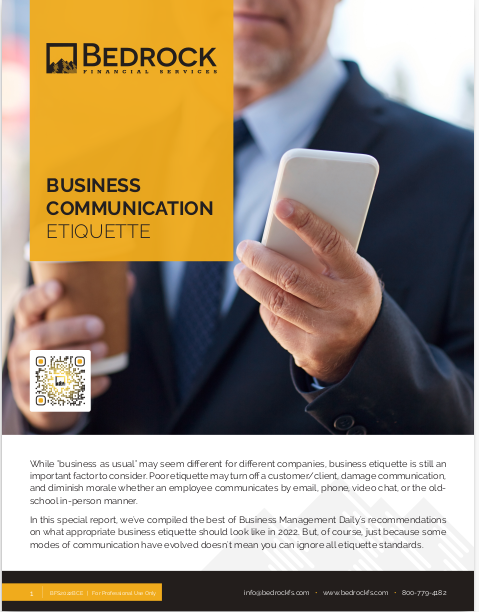Key Takeaways
-
Treating lead generation like relationship-building leads to stronger engagement, higher conversion, and longer-term client loyalty.
-
Your lead strategy must evolve from transactional to relational if you want to build a sustainable insurance business in 2025 and beyond.
Why Traditional Lead Tactics Fall Short in 2025
You already know that people don’t want to be sold to. Especially in 2025, consumers are wary of cold calls, aggressive scripts, and anything that feels manipulative. So, when you treat a lead like a transaction—something to close, not someone to connect with—it’s no surprise that response rates are low and drop-offs are high.
But what if you approached your lead strategy like you were dating?
It might sound odd at first. But think about it: dating is a process of showing interest, building trust, and establishing compatibility. That’s exactly what successful agents are doing now to stand out.
The Parallels Between Dating and Lead Engagement
Here’s where things start to click. Both dating and prospecting are built on timing, tone, and trust. Rush any of them, and you lose the other person. Here’s how that analogy works:
-
First impressions matter. Just like a date, a prospect judges you in seconds. Your tone, your opening line, your offer—it all sets the stage.
-
Too much too soon is a turn-off. Bombarding a lead with product pitches is the equivalent of proposing on the first date. It’s awkward, and it rarely works.
-
Following up the right way builds trust. You don’t ghost someone after a good date. Likewise, you shouldn’t disappear after a promising first contact. But that follow-up should feel natural, not pushy.
-
Compatibility is key. Every lead isn’t the right match. And that’s okay. The goal is to find and nurture the ones that are.
This mindset leads to better conversations—and ultimately better clients.
Step 1: Craft the Right First Impression
You never get a second chance to make a first impression. That’s true whether you’re reaching out via email, a referral, a lead form, or social media. Your initial message should feel personalized and relevant—not automated or generic.
-
Use their name and reference something specific.
-
Ask a question instead of jumping into a pitch.
-
Share something brief about why you’re reaching out.
Aim to sound human—not scripted.
Also, keep in mind: you only need to spark curiosity at this stage, not explain every detail about your service. Let the conversation unfold naturally over time.
Step 2: Get the Timing Right
If a lead hasn’t responded to your first message, it doesn’t always mean they’re not interested. Sometimes it’s bad timing. Other times, they’re not ready to engage.
Just like in dating, timing can make or break your connection. A lead that goes cold in January might warm up in April. What matters is staying visible without being intrusive.
Use a contact rhythm that keeps you present:
-
A soft follow-up 3–5 days after initial outreach
-
Another touchpoint 10–14 days later
-
Light check-ins every 3–4 weeks if they remain unresponsive
Make each message feel intentional—not like a repeat of the last.
Step 3: Stop Pitching, Start Listening
Nobody enjoys being on a date with someone who only talks about themselves. The same holds true in insurance sales.
If your outreach is only about your products or your business, you’re missing the point. Ask questions that reveal what matters most to the client:
-
What’s the biggest concern on their mind right now?
-
How has their situation changed over the last year?
-
What would make them feel more secure about the future?
Listen closely. Respond thoughtfully. Let their answers shape the conversation, not your pre-planned pitch.
Step 4: Make Your Value Feel Personal
In dating, it’s not just about what you bring to the table—it’s how what you offer aligns with what the other person wants. The same principle applies here.
Once you’ve identified a lead’s core need or concern, don’t rattle off product features. Speak directly to what they told you:
-
“You mentioned you’re worried about rising healthcare costs—here’s how we can reduce your out-of-pocket risk.”
-
“Since you’re focused on leaving something behind for your kids, let’s look at options that prioritize legacy.”
Now, your solution feels like a fit—not a sales tactic.
Step 5: Respect the Pace
You’ve probably seen it: a lead shows initial interest, then pauses. Maybe they need more time to think. Maybe they’re comparing options. Maybe life just got busy.
Whatever the reason, this is not the time to panic.
Respecting a lead’s pace doesn’t mean backing off completely—it means adjusting your approach:
-
Acknowledge their need for time, but keep the door open.
-
Offer something useful (like a checklist or brief guide) without strings attached.
-
Check in later with a genuine question, not another call to action.
Just like in relationships, people appreciate patience more than pressure.
Step 6: Build a System for Ongoing Trust
This is where most agents stop—but where the real work begins. Conversions don’t always happen in the first few conversations. That’s why your strategy needs a long-term layer.
Think of this as your relationship maintenance plan. You stay in touch, even when there’s no immediate sale on the table.
Here’s how to stay top-of-mind without being annoying:
-
Send helpful content every 3–4 weeks—not salesy, just relevant.
-
Use seasonal check-ins around life or insurance milestones (e.g., tax season, annual coverage reviews).
-
Celebrate small wins. Even a “Thanks for downloading” message builds goodwill.
These subtle touchpoints keep your name in their inbox—and their mind.
Step 7: Know When to Let Go
Not every conversation turns into a client. That’s okay. What matters is recognizing when a lead isn’t a good match so you can free up energy for better prospects.
Here’s how to tell:
-
They’ve been unresponsive to multiple follow-ups over 90 days.
-
Their priorities clearly don’t align with your services.
-
They’ve expressed disinterest more than once.
Cutting ties isn’t failure—it’s focus. And it opens the door for stronger, more aligned connections.
Shift From Close Rate to Relationship Rate
If your lead strategy is purely about closing deals, your growth will plateau. But when your approach centers on building relationships, something shifts:
-
Your follow-up becomes more consistent.
-
Your referrals grow naturally.
-
Your retention improves, because clients remember how you made them feel.
In short, the insurance agent of 2025 doesn’t just manage a pipeline—they nurture a network.
And like any lasting relationship, that network starts with trust.
Build Better Relationships With the Right Support
Adopting a relationship-based lead strategy takes more than a mindset shift—it takes the right tools, training, and marketing support to stay consistent.
That’s exactly what we offer at Bedrock Financial Services. From automating your follow-up rhythm to refining your message and targeting, we help agents like you build a client base that sticks.
When you’re ready to stop chasing leads and start building loyalty, we’re here to help. Sign up with us today and let’s make relationship-first growth your new normal.







